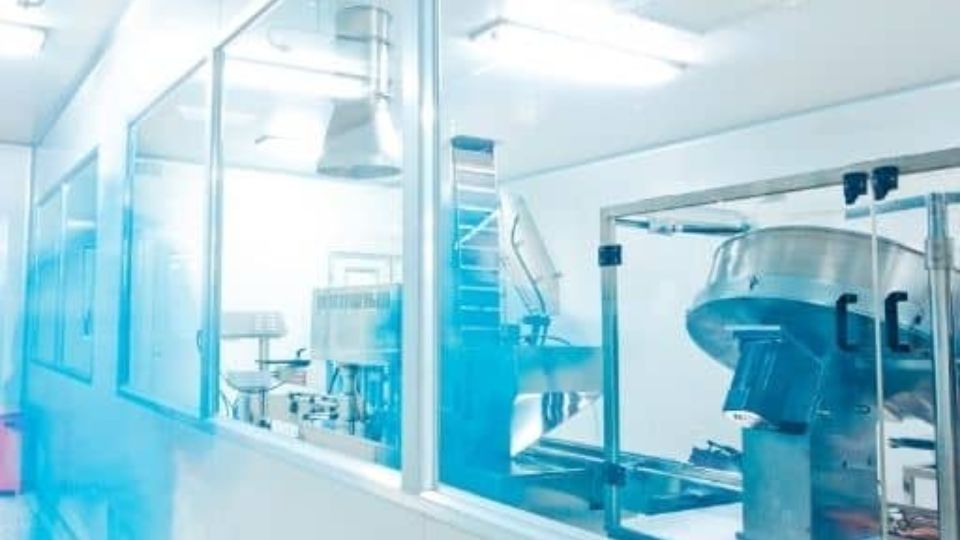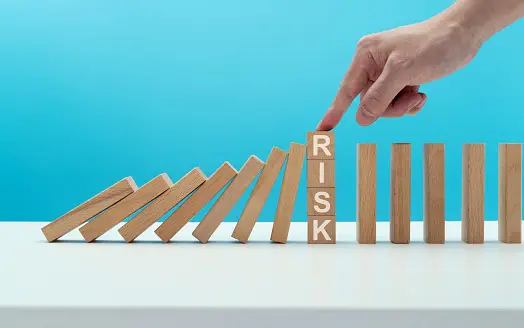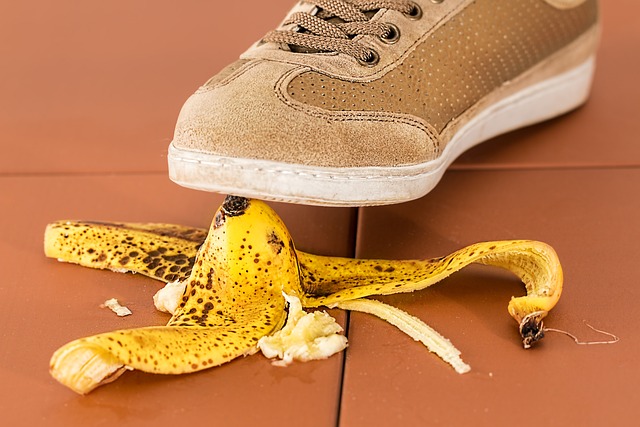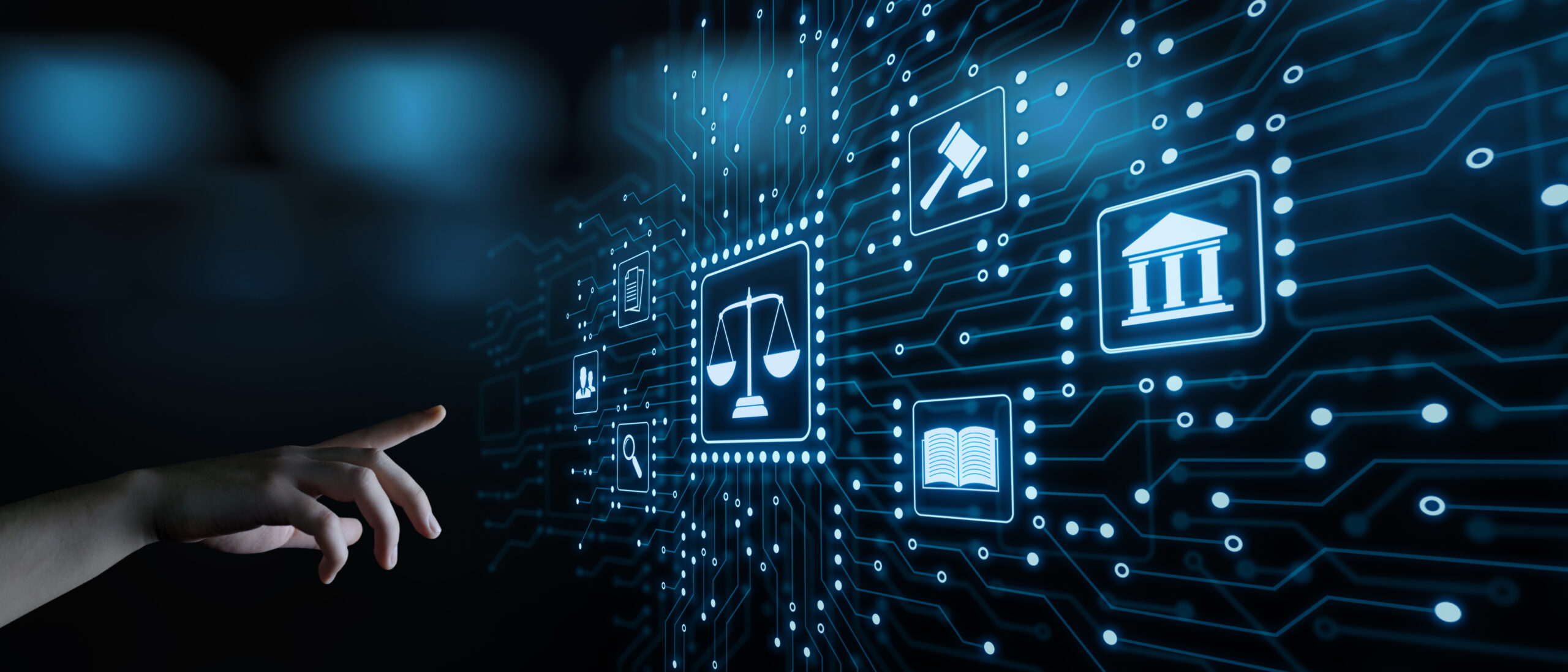A Remote quality and GMP audit, also known as a virtual audit, is conducting a GMP audit remotely. The remote audit is conducted using communication and electronic technologies such as video conferencing, email, and telephone to obtain audit evidence, just like we would during an on-site audit.
How Is a Remote GMP Audit Conducted?
The overall aim of the GMP audit is to evaluate this evidence objectively to determine the extent to which the GMP audit criteria have been fulfilled.
Remote GMP auditing provides a springboard for tools such as file and screen sharing, video conferencing (Skype and Zoom are common platforms), and live data analysis.
Auditors can adopt standard auditing techniques during this type of audit during on-site audits, including being open-minded, diplomatic, listening, and respectful to the auditee.
GMP Auditors will continue to ask key and relevant questions related to the audit scope and, more importantly, make full use of two essential skills maximized during a remote audit –being versatile and collaborative.
The Advantages of a Remote Quality System & GMP Audit
One of the benefits is allowing GMP auditors to receive and share data, review documentation and processes, conduct interviews, and make observations with auditees from all over the world without the need to commute to the audit site.
With the time spent commuting eliminated, auditors can add more value, such as reviewing documentation, audit trail logs review, and writing audit reports to a higher standard that clearly outlines audit outcomes and opportunities for improvement.
A key thing to consider is the audit objectives, the available technology, and the type of audit evidence that needs to be gathered to determine if a remote audit is suitable.
Utilizing technology to carry out audits remotely also saves time and money. Data can be accessed from anywhere, such as a cloud portal. Auditees are also likely to be more engaged in the process if a set time is allocated for remote audit activity.
They are less likely to be side-tracked or disturbed by any urgent work requests, including answering emails, and telephone calls and dealing with queries from fellow staff members.
The Disadvantages of a Remote Quality System & GMP Audit
There are, of course, drawbacks to consider. A key thing to consider is the GMP audit objectives, the available technology, and the type of audit evidence that needs to be gathered to determine if a remote audit is suitable in the circumstances and aligned with the audit scope.
In the GMP audit, the auditor needs to inspect what and how the good practices are implemented on the production floor, verify the facility and equipment run well and clean, and work based on the GMP principles in the cleanroom, etc.
Moreover, the auditor may feel he cannot have the complete picture compared to the on-site audit. During remote audits, direct interaction with the auditee is lost. Although certainly not a witch-hunt, the ability to read body language can be lost, which can be crucial further to explore issues and audit trails during an on-site audit.
Remote audits should also not be used as a cost-saving measure or because they are less of a logistical headache for the organization being audited. They should only be considered when you are satisfied, beyond any doubt, that audit objectives can be met.
The Technology Used as Part of a Remote Quality System & GMP Audit
Another area to consider is technology. If network connections are not very reliable, interviews and meetings can be interrupted, and it may take some time to reconnect and solve all the network problems. To ensure tangible and objective evidence is available to review, access to relevant databases and systems should also be considered.
The Future of Remote GMP and Qms Auditing
Remote audits are a trend that is gaining traction rapidly, and the maximization of this type of auditing can only be a positive thing. Before or after a remote audit, on-site audit activity encourages communication regarding crucial topics and areas to explore, strengthening the overall audit process and helping build a better relationship between auditor and auditee.
Clear and well-planned audit planning and good communication are essential for all parties to ensure that the process runs as smoothly as possible.








